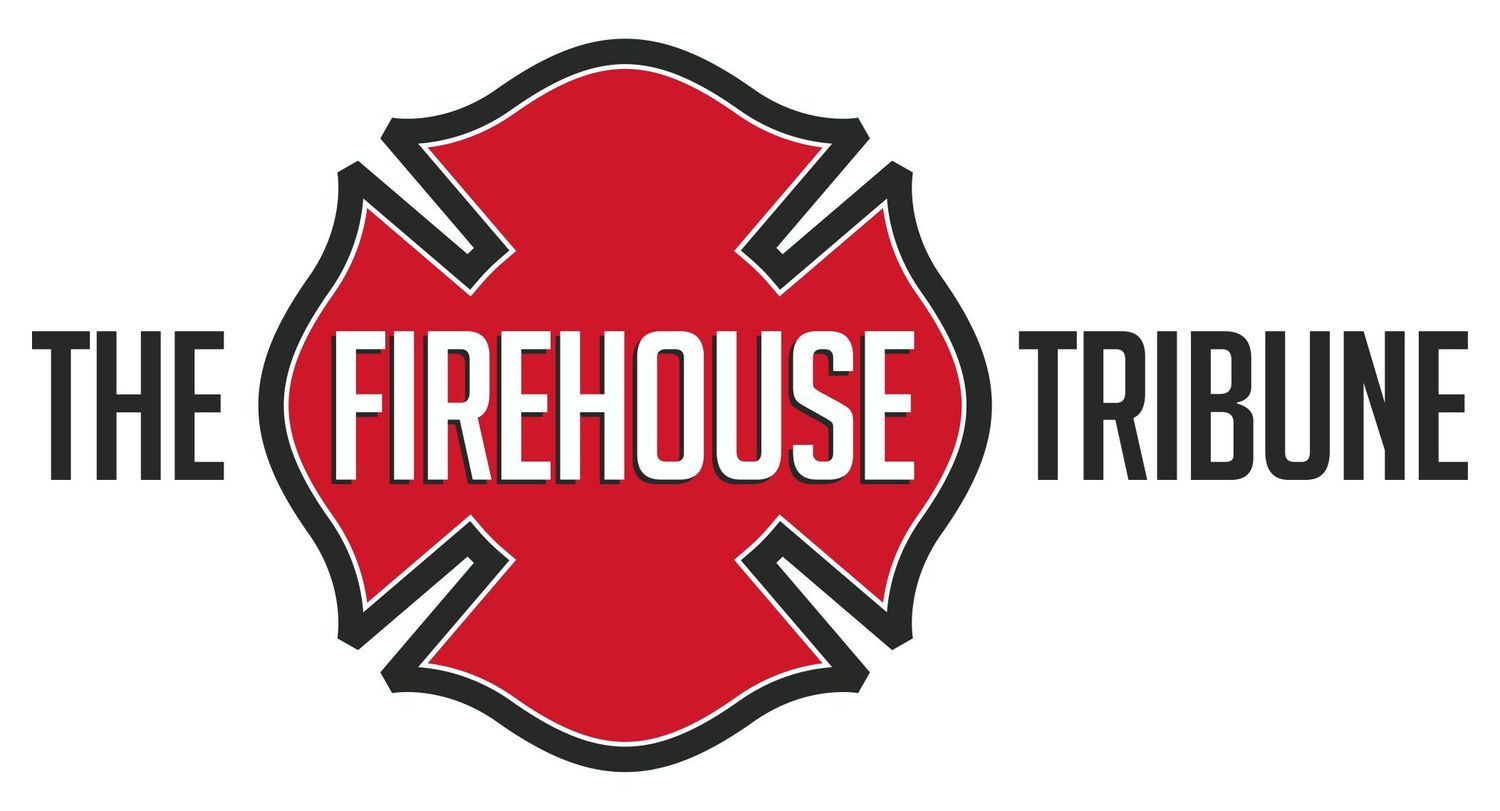Remembering the Southwest Inn Motel Fire - Houston, TX
May 31, 2013 was the deadliest day in the history of Houston Fire Department. The Southwest Inn fire killed four Houston Fire Department members, injured many others with one additional firefighter who lost his life due to his injuries a few years later.
The Structure
The Southwest Inn Motel which was a well-known motel for many decades in the Houston area was located at 6855 Southwest Freeway in Houston, Texas. The property included the motel itself, with restaurant and bar spanning over 26,000 square feet. The layout consisted of the restaurant and bar being a single-story structure that was interconnected to the two-story structure that housed the motel's lobby, offices, banquet halls and meeting rooms. In addition to this facility, the property also housed seven individual two-story buildings of motel guest rooms, none of which were connected to the main interconnected building where the fire took place.
The motel was constructed of primarily wood-frame construction consisting of lightweight construction materials such as lightweight truss and combustible roof decking. The building did not contain a fire sprinkler or automatic fire alarm system. The one notable characteristic of this structure was the extruded concrete interlocking roof tiles over asphalt shingles used for the front-facing slopes over the banquet and restaurant areas.
The Incident
At 12:07PM, the Houston Fire Department was dispatched to the Southwest Inn for a reported fire. Engine 51 was located less than a mile from the motel and responded moments after the initial dispatch.
During their response in, Engine 51 (E51) officer reported heavy smoke visible and from there an immediate request by the Office of Emergency Communication to dispatch a working fire. Additional units reported dark grey and brown smoke coming from the structure will enroute to the scene.
Three and half minutes later upon arrival, E51 reported heavy smoke showing from the attic of the restaurant and will begin an offensive fire attack with a 2 1/2-inch line. This line was the rear preconnect from E51.
The district chief (D68) arrived on scene moments later and established command. The IC's first order was E51 evacuate the building because the operate of E51 advised the engine was down to a quarter tank of later. Engine 68 then arrived on scene and laid two 4-inch supply lines from E51 to a hydrant east of the structure and E51 from there was able to establish a water supply. E51's crew was then able to re-enter the structure with the back-up crew coming from E68 with another 2 1/2-inch line.
A fourth due engine company - Engine 82 was on scene advancing an 1 3/4-inch hoseline to the front door that was also entered by E51 when the roof collapsed occurred.
Within 12 minutes of Engine 51 (e51) arriving on scene and 15 and a half minutes of the initial dispatch the roof of the restaurant had collapsed. The captain of Engine 51 was at the front door during the collapse and pushed out of the building. The captain of Engine 82 called a "Mayday" and rapid intervention crew operations were initiated by Engine 60.
Due to the initial collapse of the roof and during the RIC operations taking place, a secondary wall collapsed occurred injuring several firefighter of the RIC team. The crew continued their efforts in located and removing the trapped firefighters. The captain of E68 was located and removed from the structure and transported to a local hospital. The engineer of E51 was removed from the structure as well however later died at a local hospital.
The search continued on for the captain of E51 and two remaining firefighters from E68. Approximately two hours had passed after the initial roof collapse and the body of the captain from E51 was located. The captain was found on top of the restaurant roof debris and the two missing firefighters from E68 were discovered underneath the debris. All three were pronounced dead at the scene.
Factors
• Unreported fire burning for 3 hours
• Delay in notifying the fire department
• Building construction
• Wind driven fire
• Scene size-up
• Accountability
• Fireground communications
• Lack of fire sprinkler system
Key Recommendations
• Based upon fire department procedures, the strategy and tactics for an occupancy should be defined by the organization for fire-fighting operations. The Incident Commander should ensure that the strategy and tactics match the conditions encountered during initial operations and throughout the incident
• Fire departments should review and update standard operating procedures on wind-driven fires which are incorporated into fireground tactics
• Fire departments should integrate current fire behavior research findings developed by the National Institute of Standards and Technology (NIST) and Underwriter’s Laboratories (U.L.) into operational procedures by developing standard operating procedures, conducting live fire training, and revising fireground tactics
We Remember…
Captain Matthew Renaud, 35, Engine 51
Engineer Operator Robert Bebee, 41, Engine 58
Firefighter Robert Garner, 29, Engine 68
Probationary Firefighter Anne Sullivan, 24 Engine 68
Captain William "Iron Bill" Dowling, Engine 68, retired after the incident and passed away on March 7, 2017 due to injuries sustained from the incident.

